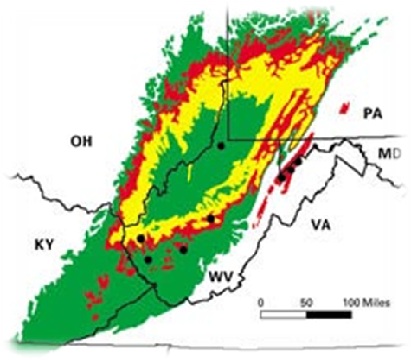To use the Scientific Method you should design an experiment to test your hypothesis. A hypothesis is a question, which has been reworded into a form that can be tested by an experiment. Your hypothesis should be based on the background information you gathered. Make a numbered, step-by-step list of what you will do to answer your question. This list is called an "experimental procedure". Your procedure should be detailed enough that someone else could do your experiment without needing to talk to you about it. This procedure should include:
- Any important amounts or measures you will be using.
- Your variable (what it is you plan to change) and how you will change it.
- Your control (constant measurements during the experiment).
- How you are going to measure the change you observe.
- Diagrams or drawings so your ideas are clear.
Your experiments must be done many times to guarantee that what you observe is accurate, or to obtain an average result. This process of repeating the same experiment many times is called "repeated trials". Experiments can be more or less complex depending on how they are set up.
Conduct experiments, gather data and record observations
As you do experiments, record all numerical measurements made. Data can be amounts of chemicals used, how long something is, the time something took, etc. Measurements are an important part of any experimental science project. Observations can be written descriptions of what you noticed during an experiment or problems encountered. You should be looking for differences between your control group and your experimental group(s). Two things to be aware of while doing your experiment and making observations:
- If you did not observe any differences between the control and experimental groups then the variable you changed may not affect your experiment.
- If you did not observe a consistent, reproducible trend in your experimental runs, there may be experimental errors affecting your results, or something affecting the results you may not have thought about

If you suspect experimental errors, the first thing to check is how you are making your measurements. Is the measurement method questionable or unreliable? Maybe you are reading a scale incorrectly, or maybe the measuring instrument is not working. If measurements do not seem to be a problem, check to make sure you are following the rest of your procedure carefully from one run to the next. If you determine that experimental errors are influencing your results, carefully rethink the design of your experiments. Review each step of the procedure to find sources of potential errors. If possible, have a teacher review the procedure with you. Sometimes the designer of an experiment can miss something obvious. Keep careful notes of everything you do and everything that happens. Observations are valuable when drawing conclusions and useful for locating experimental errors.